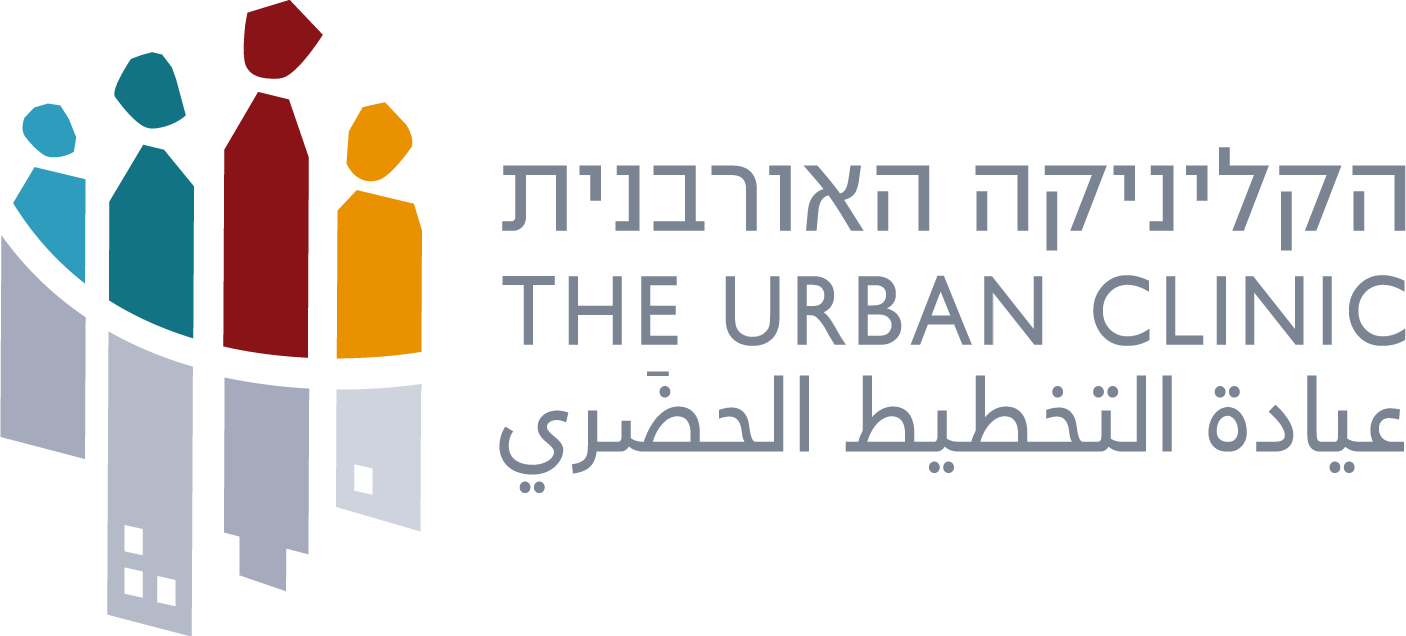
Author: Galya Globerman
This ‘blogpost’ is part of a series of responses to The Urban Clinic’s monthly field trips. The tours are aimed at providing Clinic members, friends, and peers an opportunity to network informally and share projects and interests in the hopes of fostering professional and collegiate partnerships. Undoubtedly, they also provide us with a framework to sense the diverse landscapes, communities, and untold stories of the places we call home.
The Urban Clinic met in early October at a hole-in-the-wall restaurant at Jisr az-Zarqa to kick off the 2021-2022 academic year with sea, sun, and sand, not to mention great food, and of course, riveting discourse. Students, professors, and Clinic friends drove from all over to gather and breathe new life, hopefully lockdown free, into the new year.
After the always charming icebreakers and introductory rounds organized by Tharaa, the Clinic’s superstar, we sat down for a delicious lunch. Conversions popped up here and there about new project ideas, how we spent our summer, and beginner Arabic lessons. It was beautiful, fun, and surprisingly normal.

Of course, it would not be an Urban Clinic or urban planning event had it ended with only pleasantries and good food, so halfways through the day we met Sami Ali, a Jisr az-Zarqa resident, guide, planner, and activist, who gave us a fascinating tour about the town’s complex and painful past and present.

The town, named after a blue bridge over the Taninim River or Wadi az-Zarqa, is bordered by a Kibbutz Maagan Michal and the Taninim Nature reserve to the north, a busy highways to the east, the exclusive Cesarea community to the south, and idyllic Mediterranean waters to the west. It is counterintuitive that such a ‘well located’ town can have such low employment and income rates as well as some of the highest poverty and school dropout rates in the country. According to Sami Ali, instead of being freed by these opportunities and incorporated into the local economy, Jisr az-Zarqa is trapped by these boundaries.

Residents are forbidden from setting up kiosks and other attractions in proximity to the national park; the highway does not provide access into the town difficult and de facto cuts the town off from neighboring Arab towns; Caesarea built a ~10+ meter tall sand dune that acts as a barrier between the quiet and the loud, the rich and the poor, and the Jews and the Muslims (its purposes are contested); and local fishermen are bound by insurmountable environmental regulations. The town is essentially choking, reaching for a lifeline. And space. And services. And so much more.
Sami Ali however, has not resigned himself nor his town to this troubling fate. Through community organizing and legal means he and others are working toward improving the town, strengthening its local economy, and challenging the rich and the rulers. Notwithstanding the uphill battle, Sami Ali and others remain optimistic. After all, us planners are in the business of hope.
Galya Globerman made Israel her home eight years ago. Various experiences and adventures led her to a degree in Geography and International Relations which eventually transitioned into an MA in Geography and Urban and Regional Planning. She is currently working towards finding her niche in Urban Planning while preparing for her final year of studies.

